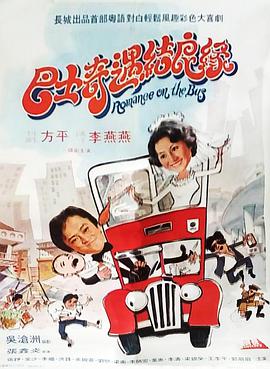毒海情迷
杰森·帕特里克詹妮弗·杰森·李山姆·艾里奥特
Raynor is an undercover narcotics cop. For his next assignment he chooses the more inexperienced but tough and good-looking Kristen. Their ultimate target is Gaines, a renowned but very elusive drug dealer. While doing their work they unexpectedly fall into a morase of drug-addiction and fall in love with each other. Despite subjecting themselves to the life of low class, one track junkies they do not get the evidence they want to convict Gaines, and instead are forced into using false evidence in court.…

